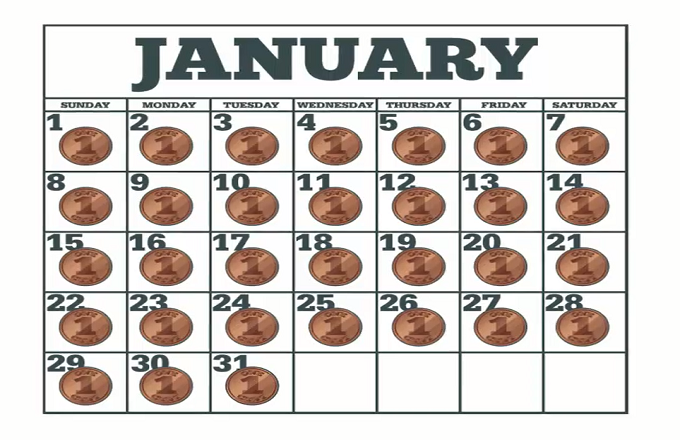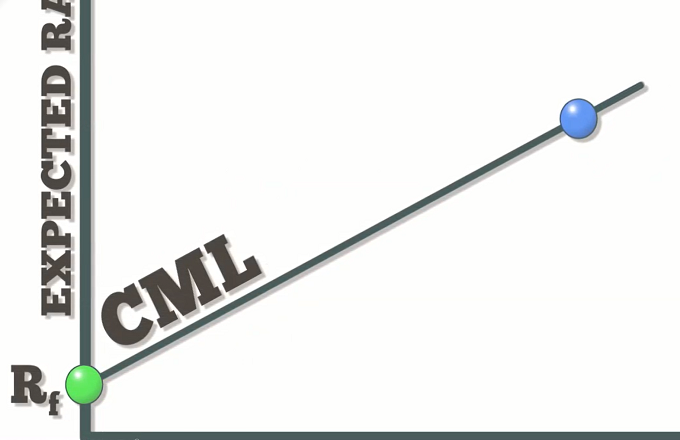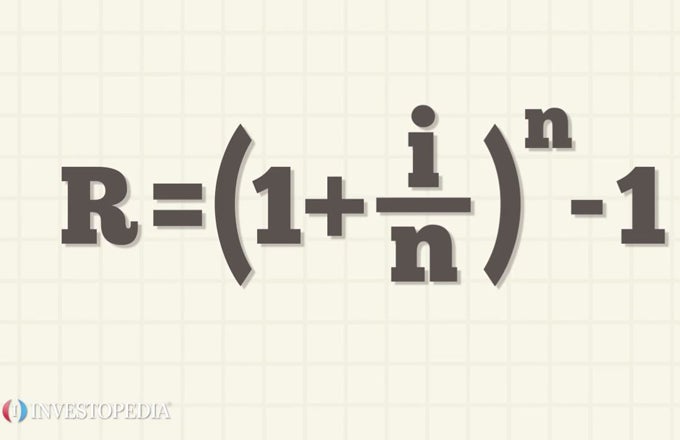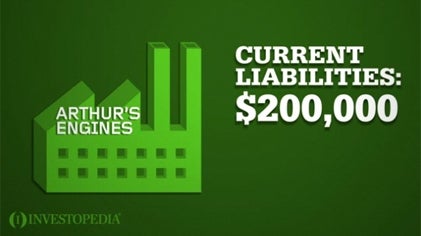Capitalization Rate is a financial term most commonly used in the real estate investment industry. It is often simply called the Cap Rate.The Cap Rate is the rate of return that an investment property will generate based on its current market value, and is a quick way to compare different investment property options including houses, apartments and office buildings. To calculate the Cap Rate, divide the expected annual net profit on the property by the current market value of the property. Notice the cap rate uses current market value instead of original purchase value. For example, an investor is considering buying one of 2 rental properties. Property A costs $1 million, and will generate $100,000 per year in net profit, after expenses. Property B costs $1.6 million and will generate $150,000 after expenses. The Cap Rate for property A is $100,000 divided by $1 million, which equals 10%. This means the investor will earn 10% per year after expenses. The Cap Rate for property B is $150,000 divided by $1.6 million, which equals 9.37%. This means the investor will earn 9.37% per year after expenses. If the market value of Property A goes up 20% to $1.2 million, and the income stays the same, dividing $100,000 by $1.2 million shows the cap rate decreases from 10% to 8.3%. In other words, when market value goes up but income stays the same, the investor makes a lower cap rate. The opposite happens if the market value goes down but the yearly income stays the same.





